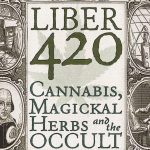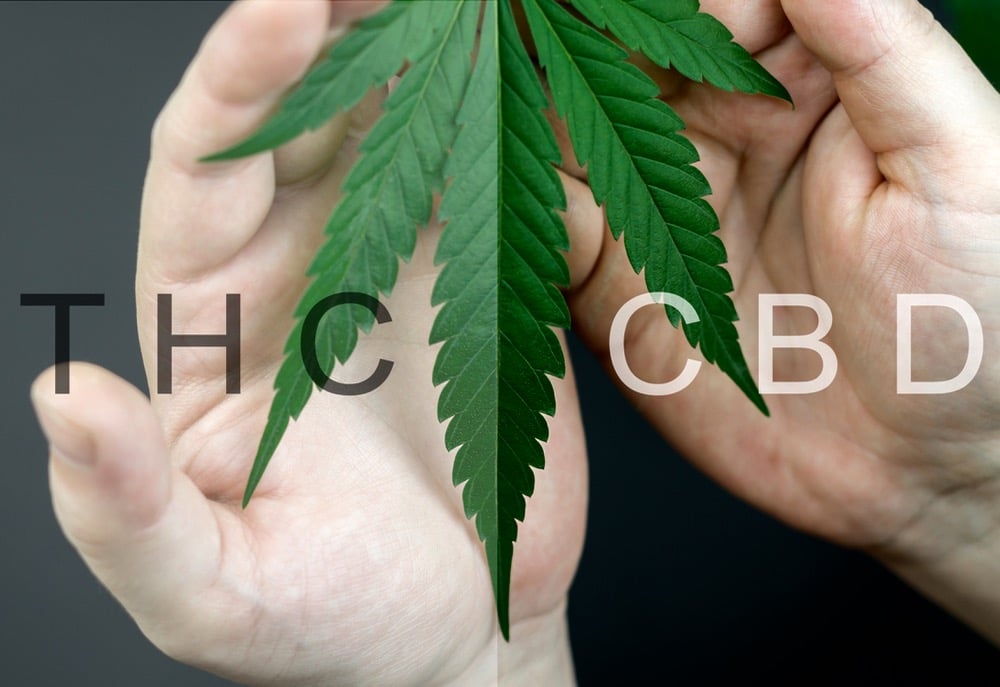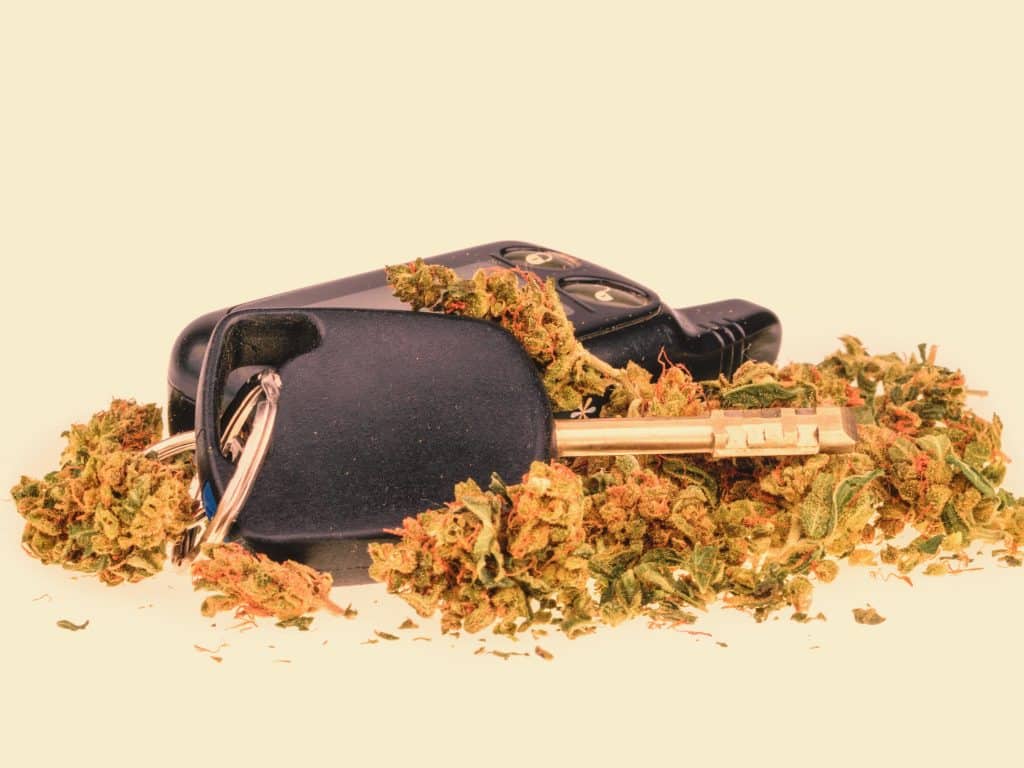A new study of drug use patterns in Japan once again challenges the notion that cannabis is a gateway drug. It concludes that cannabis use in the country generally follows that of alcohol and tobacco, and that users rarely turn to other substances afterwards.
Published in the journal Neuropsychopharmacology Reports, this research – which its authors describe as “one of the largest and most important studies to date of cannabis users in the Japanese population” – also revealed that almost half of the respondents who named cannabis as their third drug “ did not subsequently useother substances”.
“Cannabis use in Japan typically follows that of alcohol and tobacco, and rarely leads to other uses,” concludes the report, supported by the Japanese Cannabinoid Clinical Association and the Japanese Ministry of Health, Labor and Welfare. ” These findings call into question the gateway drug hypothesis in the Japanese context.”
The study acknowledges that cannabis “is often labeled as a ‘gateway drug‘”, but stresses that “strong causal evidence for progression to other substances is limited “.
Unprecedented survey undermines theory of cannabis-hard drug escalation
Its findings suggest that, rather than leading directly to other drugs, cannabis use reflects “shared vulnerabilities” – involving factors such as age, education or socio-economic status – and that strict anti-drug policies can shape these trajectories.
The study is based on an anonymous survey conducted in January 2021 among 3,900 people in Japan who had used cannabis in their lifetime. Researchers then analyzed the data to assess the likelihood that these people had used other drugs after trying marijuana.
” Rather than assuming a causal gateway effect of cannabis,” the authors write, ” the results underline the importance of taking into account the overall life context in which substance use takes place. Social determinants such as age, education and socio-economic position appear to shape consumption patterns independently of the pharmacological properties of cannabis. ”
Evaluation of the responses revealed that ” the probabilities of subsequent use of alcohol, tobacco, methamphetamine and other illicit drugs after cannabis use were 1.25, 0.77, 0.08 and 0.78 respectively – suggesting low probabilities of progression “.
While the results did show certain correlations between lifetime cannabis use and the use of other drugs, such as methamphetamine, the team of 12 researchers made it clear that these observations did not establish a causal link – the very heart of the gateway drug theory.
” Our survey found that 10.4% of cannabis users reported having experimented with methamphetamine – a figure well above the estimated 0.5% lifetime use of this substance in the general Japanese population,” says the report. ” This suggests that cannabis users may indeed be more exposed to other illegal drugs, but it does not, however, establish causality. ”
Social factors more decisive than cannabis itself
The study focuses instead on the so-called “common vulnerability” theory, according to which ” the observed order and relationship between substances results not from one drug leading directly to another, but from common underlying factors – such as genetic, psychological or social influences – that predispose some individuals to poly-drug use.””
Another finding that supports this hypothesis, the report points out, is the relatively low rate of use of legal substances such as benzodiazepines and prescription drugs among cannabis users in the sample.
The authors do, however, acknowledge certain limitations to the study, such as the self-selecting nature of the survey conducted online via social networks, or the fact that respondents were recruited on the basis of their use of cannabis, and not other drugs.” To overcome these limitations,” they write, ” future large-scale cohort studies involving the general population will be essential. ”
But at the very least, based on the results of this current survey, the report concludes, “ we observed no pattern that supports the gateway drug hypothesis. ”
No increase in drug use in legalized US states
Meanwhile, in the USA, a study conducted last year revealed that the legalization of recreational cannabis does not appear to have contributed to what the authors describe as a ” substantial increase” in the use of Schedule II stimulants in the country. In fact, there is even evidence to suggest that cannabis legalization may have reduced the use of stimulants through substitution effects.
The authors of this study pointed out that the finding that the end of cannabis prohibition was not linked to an increase in stimulant use ran counter to their initial expectations.
The team had predicted that the legalization of recreational cannabis would lead to an increase in stimulant use, but found no evidence to support this.
While cannabis is often labeled a gateway drug by its detractors, numerous studies show that marijuana could, on the contrary, act as a substitute for certain drugs, at least for certain categories of users.
A survey released in 2023 by the American Psychiatric Association (APA) and Morning Consult found that Americans consider marijuana significantly less dangerous than cigarettes, alcohol or opioids – and find it less addictive than all of these substances, including technology.
Cannabis less harmful than alcohol and tobacco
A separate poll, conducted by Gallup, also showed that Americans consider marijuana to be less harmful than alcohol, cigarettes, e-cigarettes and other tobacco products.
With regard to alcohol, a study published in November 2023 concluded that cannabis legalization could be linked to a “ substitution effect “, with young adults in California ” significantly ” reducing their alcohol and tobacco consumption after the reform took effect.
Recent research in Canada has also shown a correlation between cannabis legalization and lower beer sales, again suggesting a substitution effect between the products. Other studies have established a link between cannabis legalization and reduced use of prescription and non-prescription opioids. A report published last November, for example, linked the legalization of medical cannabis to a ” lower frequency ” of non-prescription pharmaceutical opioid use.
A federally-funded study in 2023 found that cannabis was significantly associated with a decrease in opioid need among users without prescriptions, suggesting that expanded access to legal cannabis could be a safer alternative.Another study published the same year found that legal access to CBD products led to a significant drop in opioid prescriptions – with decreases ranging from 6.6% to 8.1% depending on the state.
Cannabis as a substitute for hard drugs?
Yet another study linked the use of medical cannabis to reduced pain and less dependence on opioids and other prescription drugs. A study published by the American Medical Association (AMA) also showed that chronic pain patients who received medical cannabis for more than a month significantly reduced their use of prescribed opioids.
The AMA has also published data indicating that around one in three chronic pain patients use cannabis as a therapeutic option – and that the majority use it as a substitute for other pain medications, including opioids.
Across the US states, cannabis legalization is also associated with a sharp drop in prescriptions for codeine, an opioid in particular, according to a study based on Drug Enforcement Administration (DEA) data.
Another study, published in 2022, also showed that allowing patients legal access to medical cannabis helped them to reduce or even stop using opioid painkillers, without any deterioration in their quality of life.
Finally, there is no shortage of testimonials, data-driven studies and observational analyses to show that some people use cannabis as an alternative to traditional pharmaceutical medicines, such as opioid painkillers or sleeping pills.





















